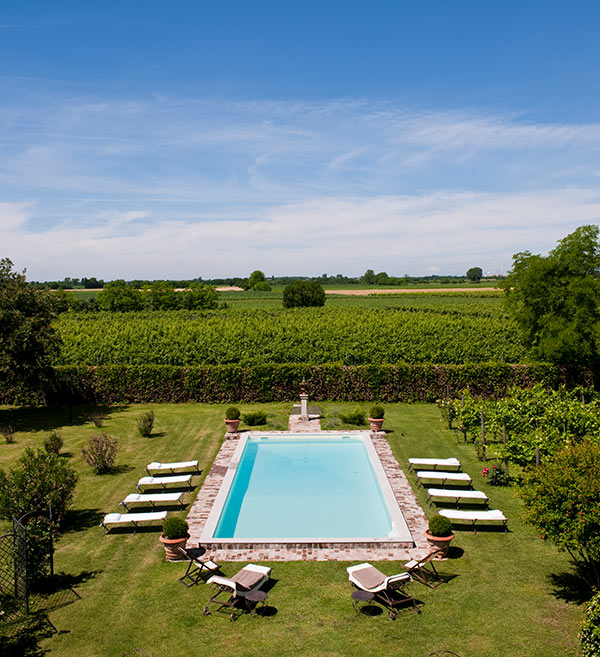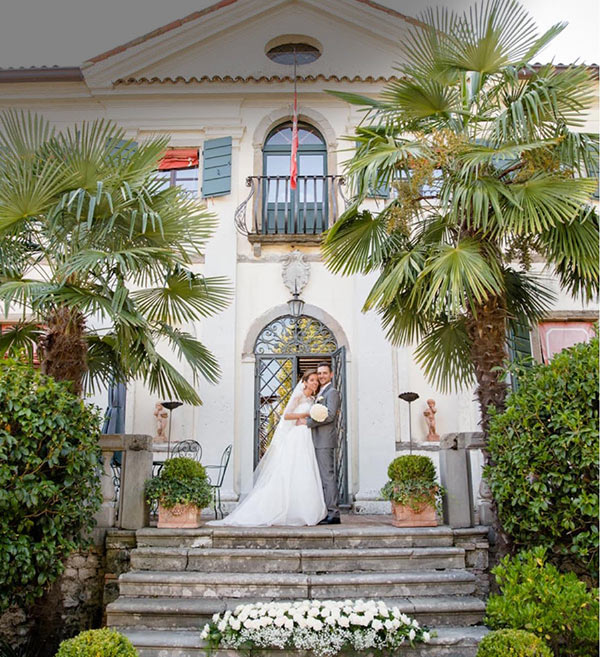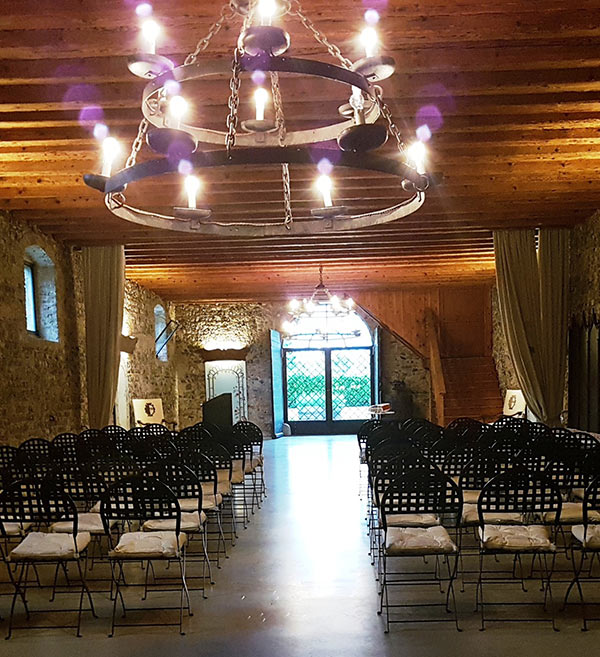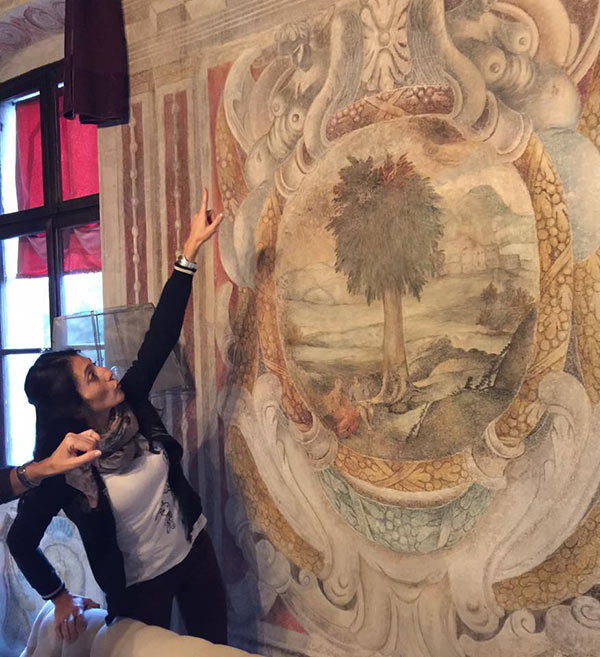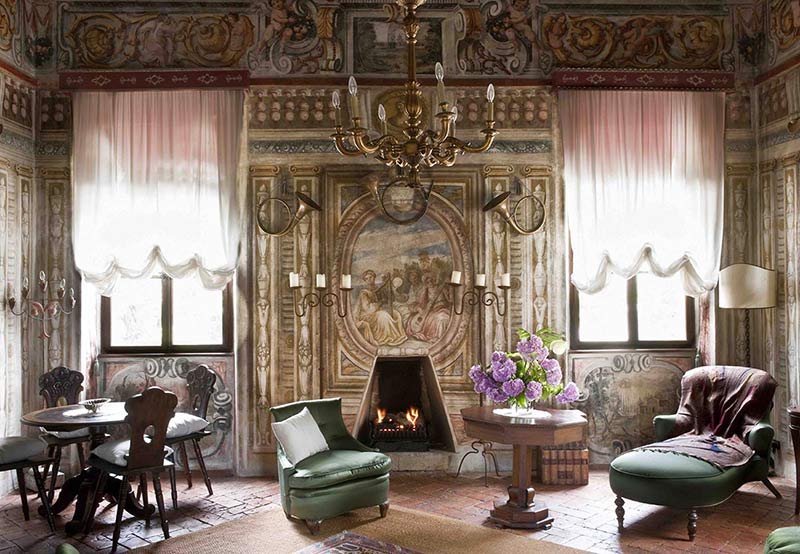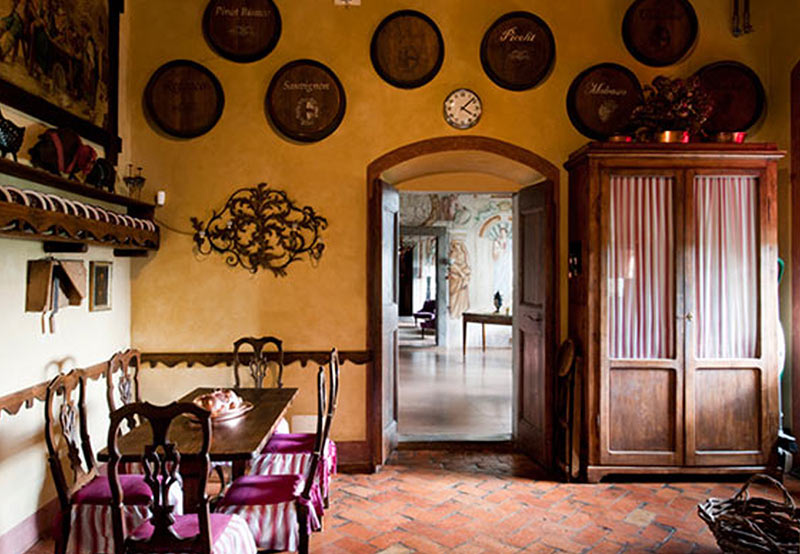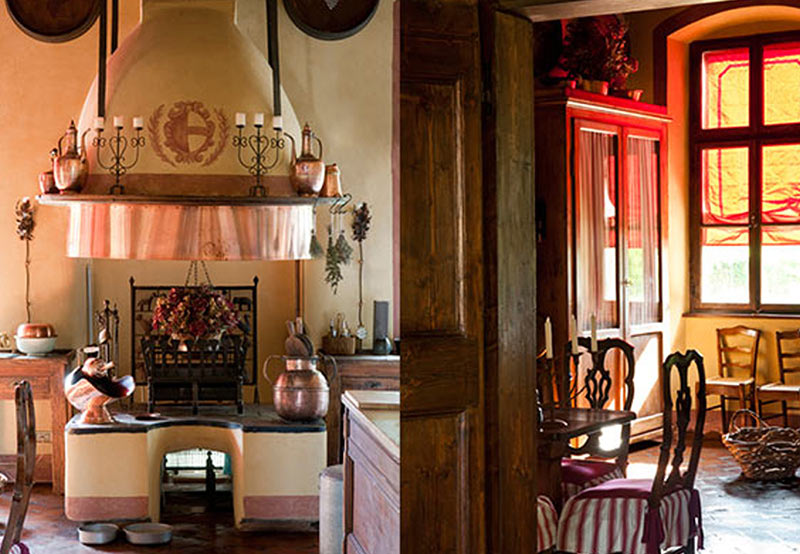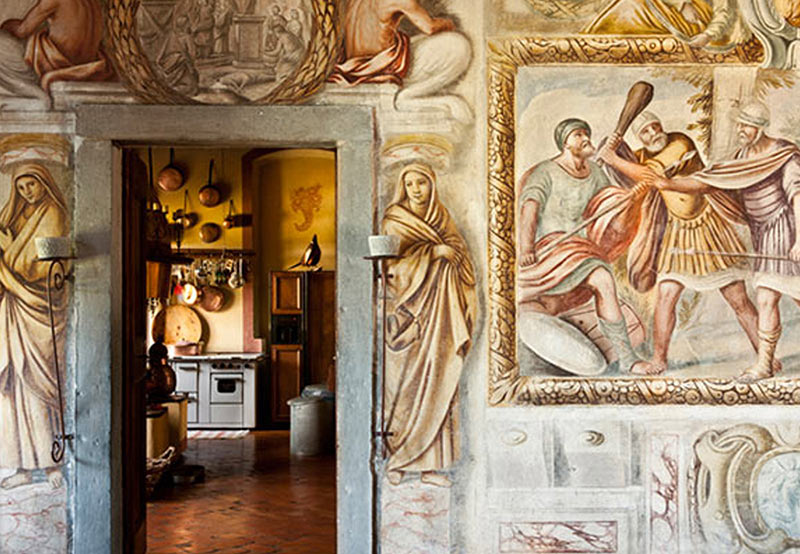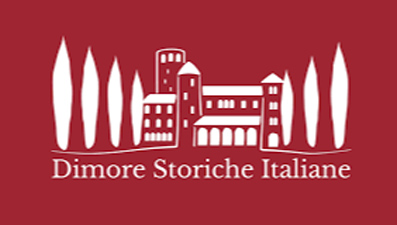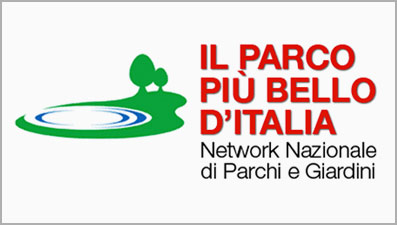Friuli Venezia Giulia is one of the smallest regions of Italy, a secret corner located in an area of the northern east that is discretely “off the beaten path” only fifty miles from Venice. This is the most eastern region that sits snuggly cradled by the Alps, its borders touching Slovenia and Austria with its sea shore on the Adriatic.
In this region are the magnificent Alps and their foot hills, rolling hills and flatlands, the wide sandy beaches, cliffs and rocky shores of the Adriatic, the marshlands of the laguna, and the carsico (karst) formations with their underground world of riverflows, caves and natural sink holes. Ippolito Nievo, a native of Friuli and famous writer of the 1800”s, described this in a now famous phrase: “un piccolo compendio dell’Universo, meaning “An abridged version of the universe”. It is the place where the antique Romans built their second most important port, Acquileia.
This is a quiet little world of beauty, traditions and honored past, from the neat little mountain villages of Carnia, with their thick forests of beech trees and the majestic Dolomiti Carniche (Dolomites of Carnia), the lakes and mountain peaks of Fusine, the forests of Tarvisio, called the “la foresta che canta” meaning “the forest that sings”, due to the fir trees that resonate sound. The tree trunks have a unique ability to carry sound and for this reason they are used by instrument makers to create violins, violas, and bass fiddles.
Below the foot hills of the Alps are the rolling hills of Collio and Collio Orientali (east) famous throughout the world for the vineyards that produce i vini friulani, in particular the esteemed white wines. Farther south in the soft hills is the famous town of San Danieli, know worldwide for the production of prosciutto crudo (cured ham), a delicacy with thousands of years of tradition. Scattered throughout the landscape are castles, antique villas and fortresses, each having in their foundation a piece of history, architectural beauty and a presence in a modern world.
Charming historic towns such as Sacile, San Vito al Tagliamento, Valvasone, Spilimbergo, Gemona, Cividale, Cormons, Palmanova and Aquileia and medieval borgos like Cordovado, Polcenigo, Venzone, Santa Margherita del Guagno and Strassoldo to name a few; the romantic laguna’s of Grado and Marano with their “casoni” (little houses) of the fishermen with thatched roofs; the craggy cliffs of the Triestine coast, and the karsik headlands, with the Grotta Gigante, the largest tourist cave in the world.
Worth visiting are the regions capitals, each of a characteristic unique to its past.
Trieste, the city that embraces the sea, with its beautiful palaces representing Neo-Classic, Art-Nuoveau, Ecclectic and Baroque architectural styles existing harmoniously with Roman ruins and buildings of Austrian heritage from the 1700’s. With one of the most beautiful piazzas in Europe the evening view from the sea is spectacular.
Udine, the city of Tiepolo, both elegant and livable, is home to one of the most beautiful Venetian squares on the mainland, crowned with porticos and a clock tower mirroring the one in the Piazza San Marco in Venice.
Gorizia, is a true crossroad of the important European cultures; Latin, Slavic, Germanic, Central European. The Slovenian border sits at the edge of town.
Pordenone, known as the painted city, with palaces completely frescoed and Venetian style porticos, is a trove of hidden delights. It is the birthplace of the most celebrated master painter of all time, Antonio de’Sacchis, also known as Pordenone.
Friuli, “Terra di Confine” (land of borders), historically is a convergence of people, cultures and merchants who have shared, in their time, destinies with the Serenissima*.







